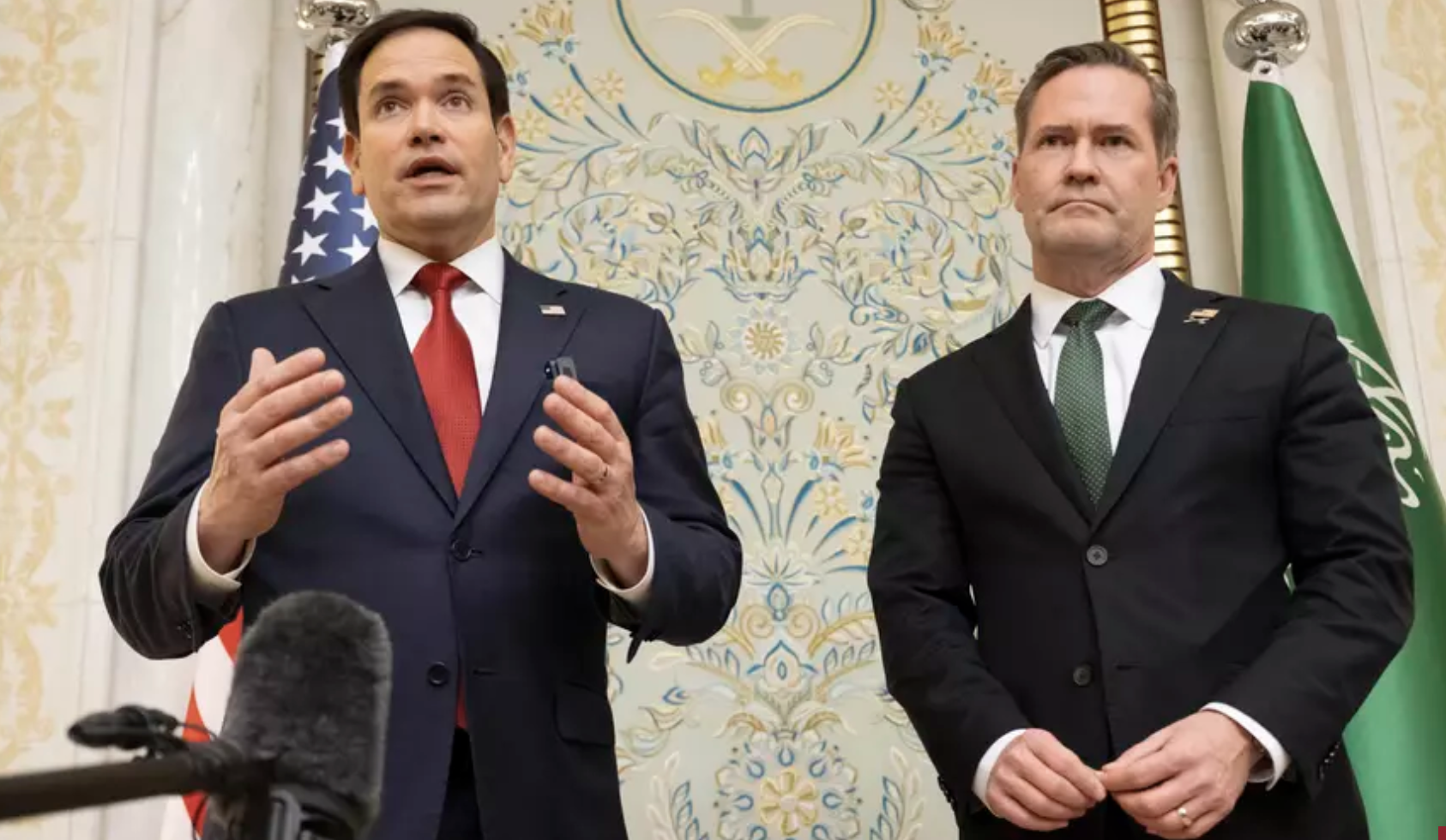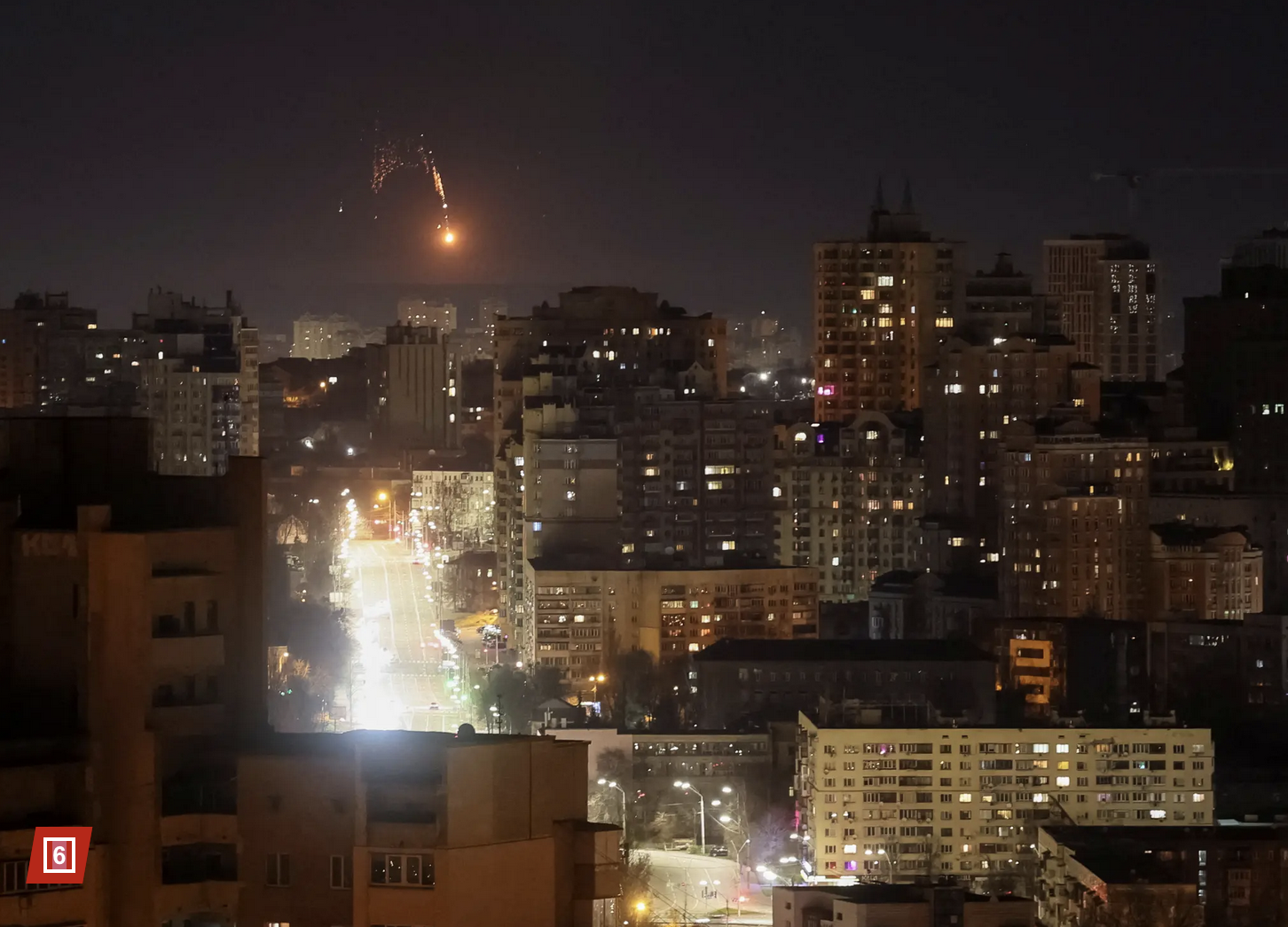Negotiations between Ukraine and the United States happened on Sunday, while we wouldn't learn until later what was spoken of and or agreed upon, Ukraine’s Defence Minister Umerov had at the least described them as “productive”. The talks themselves seemed to cover some of the same key issues being the protection of energy sites as well as other critical infrastructure. US special envoy Steve Witkoff spent his Sunday continuing to play defense for Putin, again stating that he believes Putin “wants peace”. With regards to Europe Witkoff said he doesn’t “see that he wants to take all of Europe”.

On Monday, American and Russian teams began their closed-door meetings, which seemed to focus on a ceasefire in the Black Sea as a whole. The Kremlin seemed to still be passing the ball around between parties instead of making any concrete promises, even floating the potential renewal of the “Black Sea Grain Initiative” that they abandoned in 2023. This initiative was agreed upon previously in order to guarantee the safe passport of Ukrainian Grain from the Black Sea ports to help protect global food security. With Ukraine accounting for 10% of the world wheat market, 15% of the corn market, and 13% of the barley market, this aspect is crucial but often overlooked. Russia declined to renew the deal in July of 2023 due to it’s demands of lessened sanctions falling on deaf ears.
On Tuesday, we learned that the brief meetings from earlier in the week had at least resulted in a limited ceasefire. The agreement specifically applied to fighting in the Black Sea and strikes on energy infrastructure. The White House released an official statement outlining the deal—though what stood out most was how heavily it focused on what the United States would be doing for Russia. Among the listed commitments: the U.S. would “help restore Russia’s access to the world market for agricultural and fertilizer exports,” and that the United States and Russia would “continue working toward achieving a durable and lasting peace.” President Zelenskyy quickly raised concerns, noting that easing sanctions on Russia would require European Union approval, and pointing out that the statement gave no clear start date for the ceasefire.
It took less than a day for Zelenskyy’s and Europe’s concerns over the ceasefire deal to start materializing. In a move that reportedly even surprised President Trump, Russia publicly declared it would only implement the agreement once sanctions were lifted—something that had never been formally agreed to. Once again, we saw Zelenskyy signing on to a ceasefire in good faith, while the Kremlin appeared to privately agree, only to walk it back in public. As for Trump’s response? The strongest pushback he offered was, “Russia wants to see an end to it, but it could be they’re dragging their feet. I’ve done it over the years.”.
On Thursday, the Coalition of the Willing met again—a group briefly covered in an earlier weekly report—consisting of representatives from 30 countries, including some officials from NATO and the EU. In my opinion, this led to the biggest news of the week: President Macron announced a plan to send “reassurance” forces from several European countries into strategic locations across Ukraine. Some reports suggest this could involve up to 30,000 troops, but there are a few important caveats: this reassurance force would only be deployed in the event of a peace treaty between Ukraine and Russia—meaning the war would have to end—and they would not be positioned near front-line areas. For now, these forces are deliberately not being referred to as “peacekeepers,” but rather as a “deterrent” against Russian aggression—a way to make the Kremlin think twice before striking a town or base and risking the lives of French or British troops. Currently, only two nations—France and the UK—have pledged troops to this force, with Macron also announcing the deployment of a “Franco-British team to Ukraine” to “prepare the format of tomorrow's Ukrainian army” and help assess what equipment Kyiv will need in case of future Russian attacks.

On Friday, the mineral deal returned to the spotlight—this time raising a new concern that hadn’t been fully addressed before: how its economic terms could directly interfere with Ukraine’s path to joining the European Union. The latest draft, pushed by the Trump administration, revives earlier demands that Ukraine repay past U.S. aid (plus interest) and grants Washington significant control over a U.S.-managed investment fund overseeing future mineral projects. It also bans Ukraine from offering better terms to other countries and gives the U.S. veto power over third-party deals. President Zelenskyy said the proposal needed a “detailed study,” but lawmakers in Kyiv were already calling the terms impossible to accept. Then, as if tensions weren’t already running high, Vladimir Putin suggested that Ukraine be placed under a temporary UN-led administration to oversee new elections and install what he called a more “competent” government. The idea was met with immediate backlash from Ukraine and its allies, who dismissed it as a blatant attempt to undermine Zelenskyy’s legitimacy and stall peace negotiations. The White House issued a rare, direct rebuttal—stating Ukraine’s governance would be decided by its own constitution and people.
As for the week, it felt like constant conversations of peace with little to no action. Europe is preparing for future security guarantees, but the United States seems unaware of the fact that an actual war is still being waged. On Saturday, Ukrainian officials made it clear that Russia isn’t interested in peace just yet, warning that a new offensive is already in the works. According to intelligence reports, fresh strikes are expected soon—especially in Sumy, Kharkiv, and Zaporizhzhia—with some analysts saying the push could stretch across most of the year. And while diplomacy stalls, Ukraine continues making bold moves of its own—resurfacing this week was Kyiv’s cross-border incursion into Russia’s Belgorod region, first launched earlier this month but now confirmed by military analysts and open-source footage. Ukrainian forces reportedly captured several villages, including Demidovka, likely hoping to offset Russian advances and gain leverage at the table.